

Past Event
Content from the Brookings Institution India Center is now archived. After seven years of an impactful partnership, as of September 11, 2020, Brookings India is now the Centre for Social and Economic Progress, an independent public policy institution based in India.
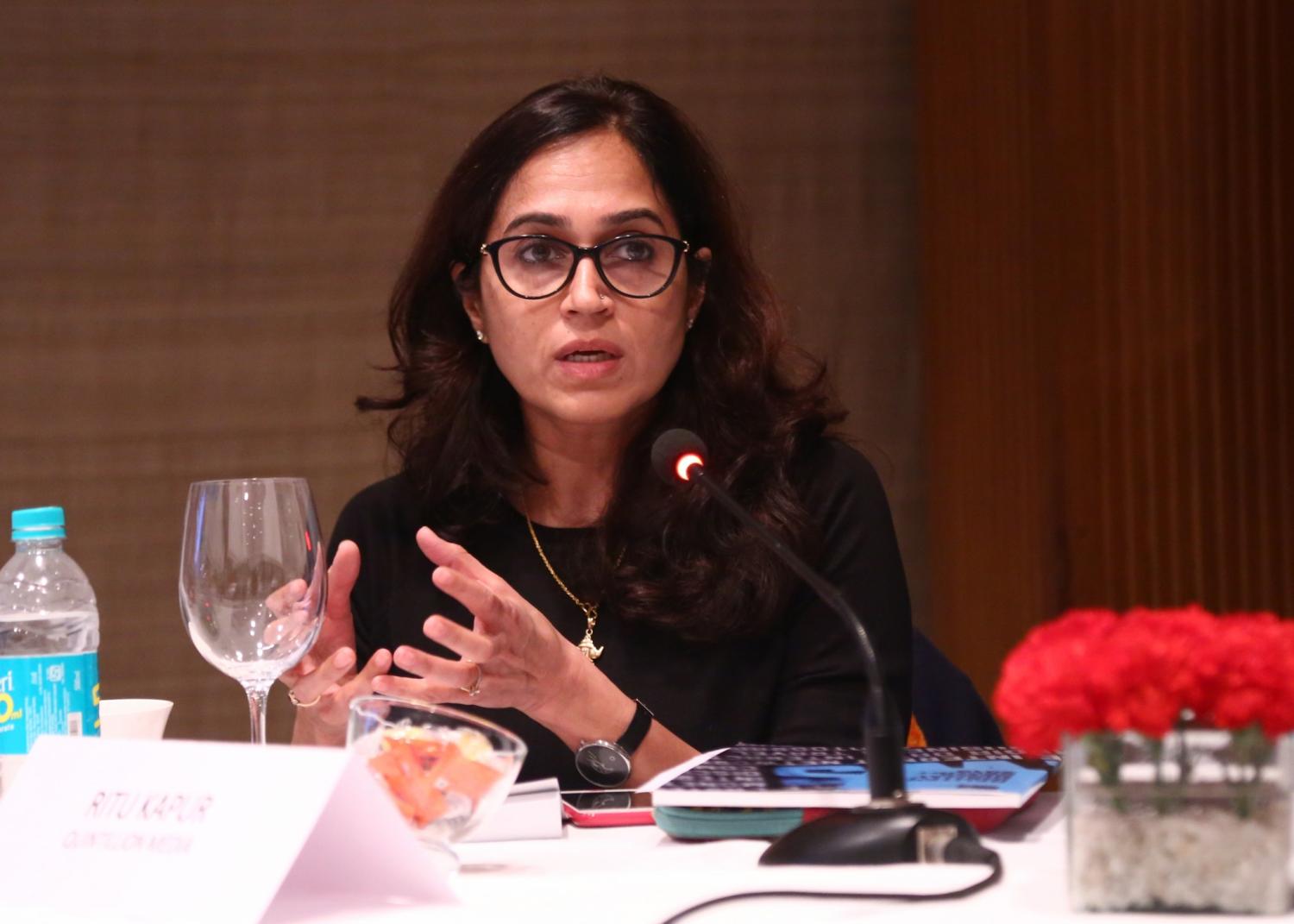
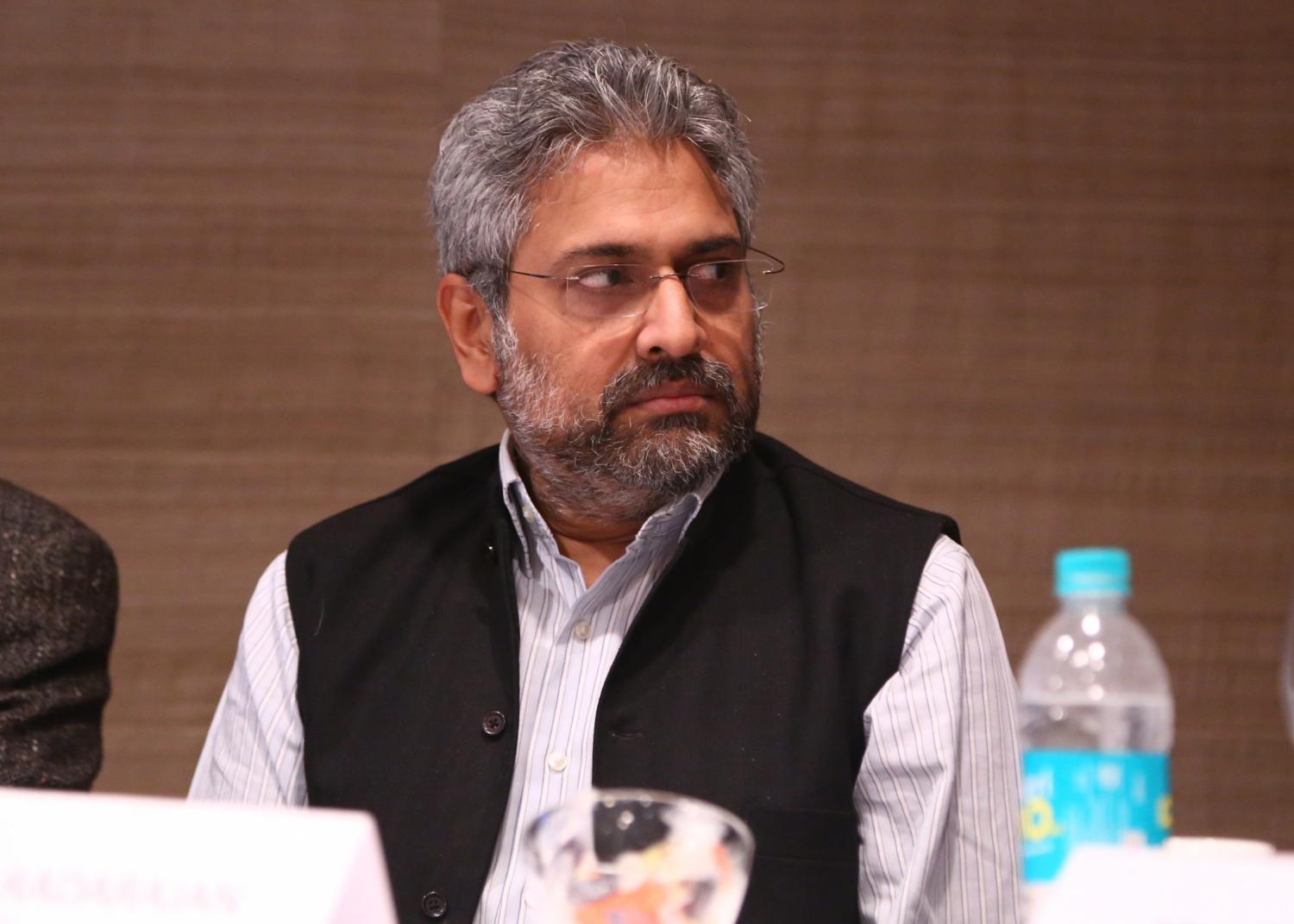
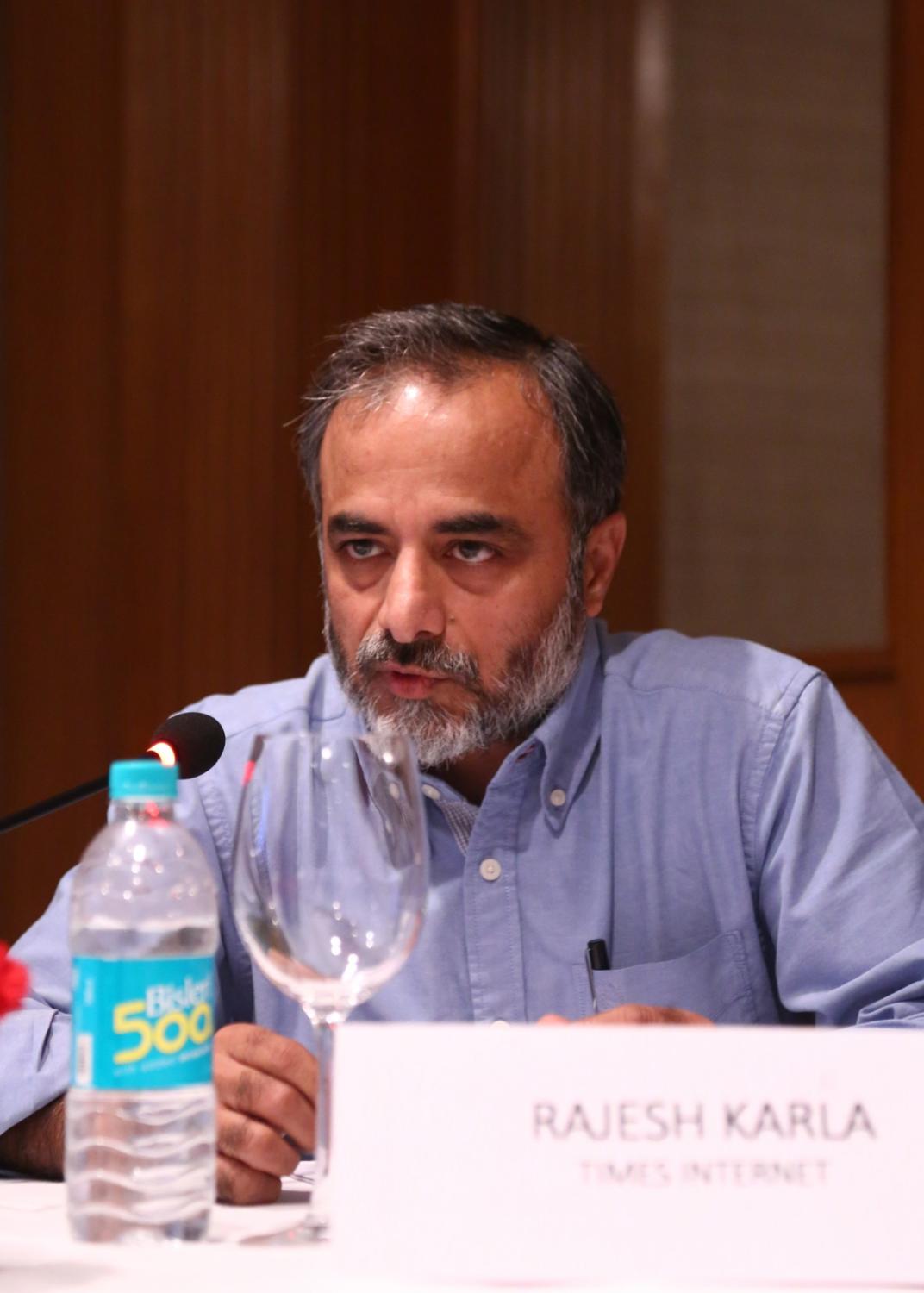
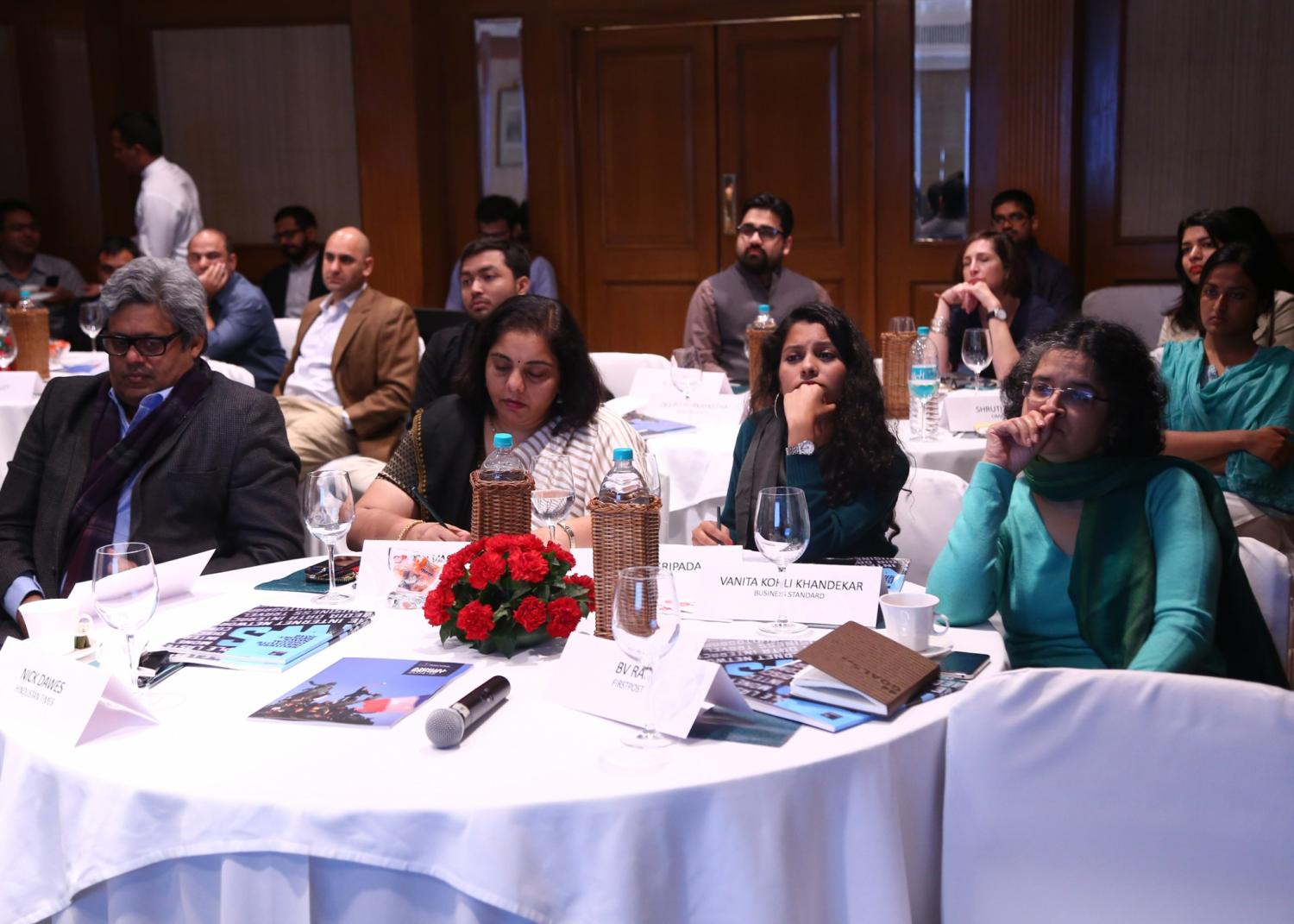
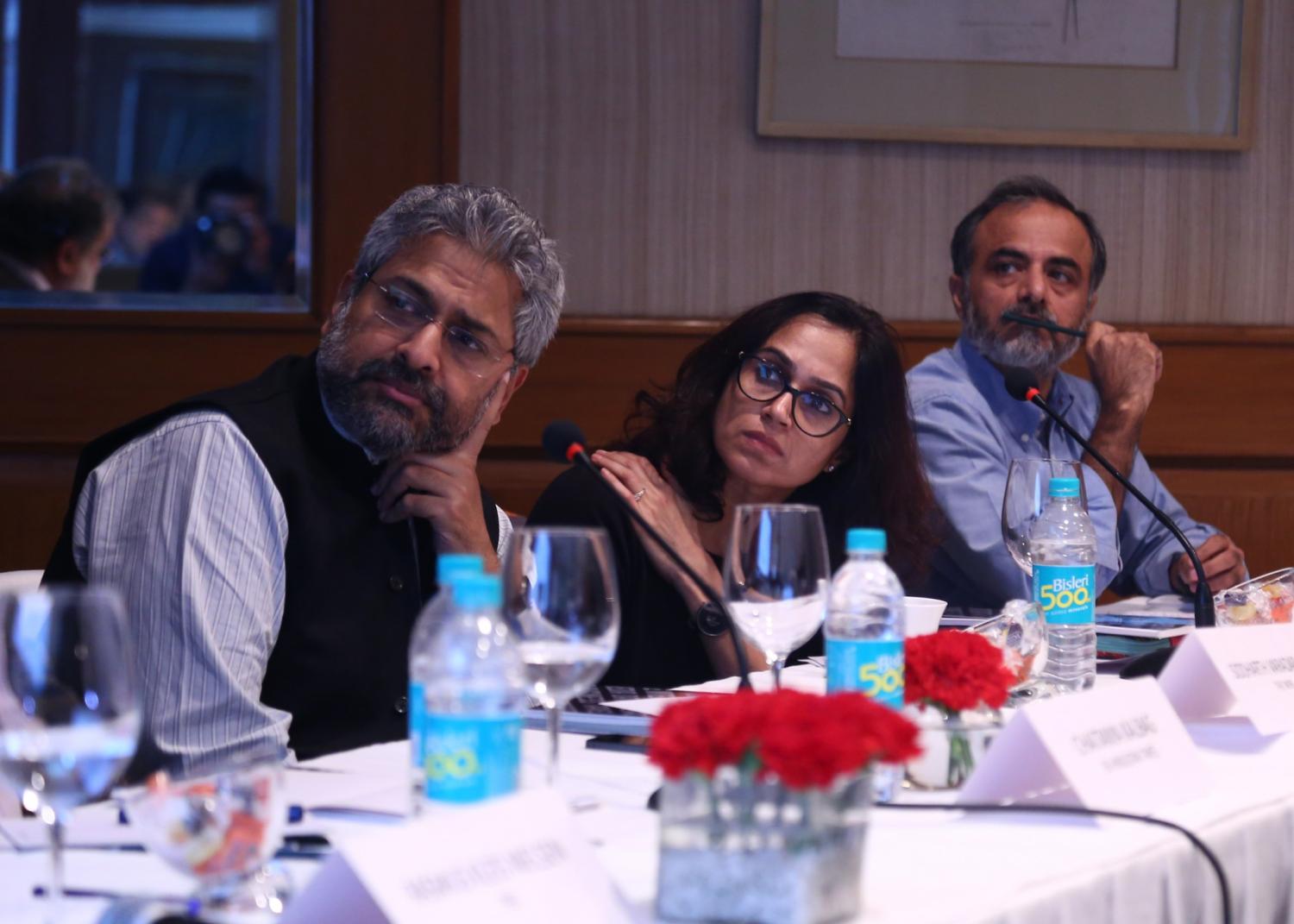
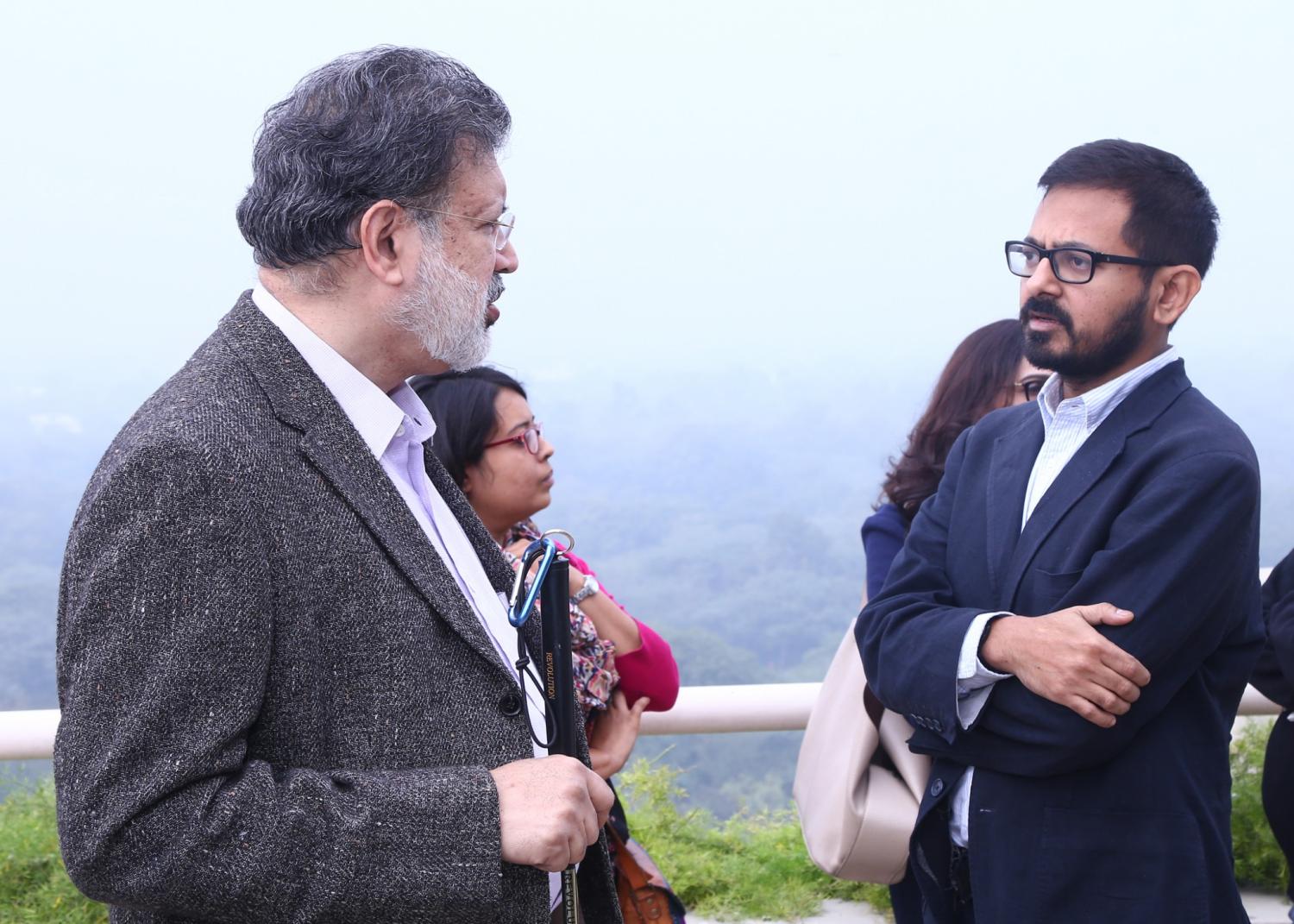
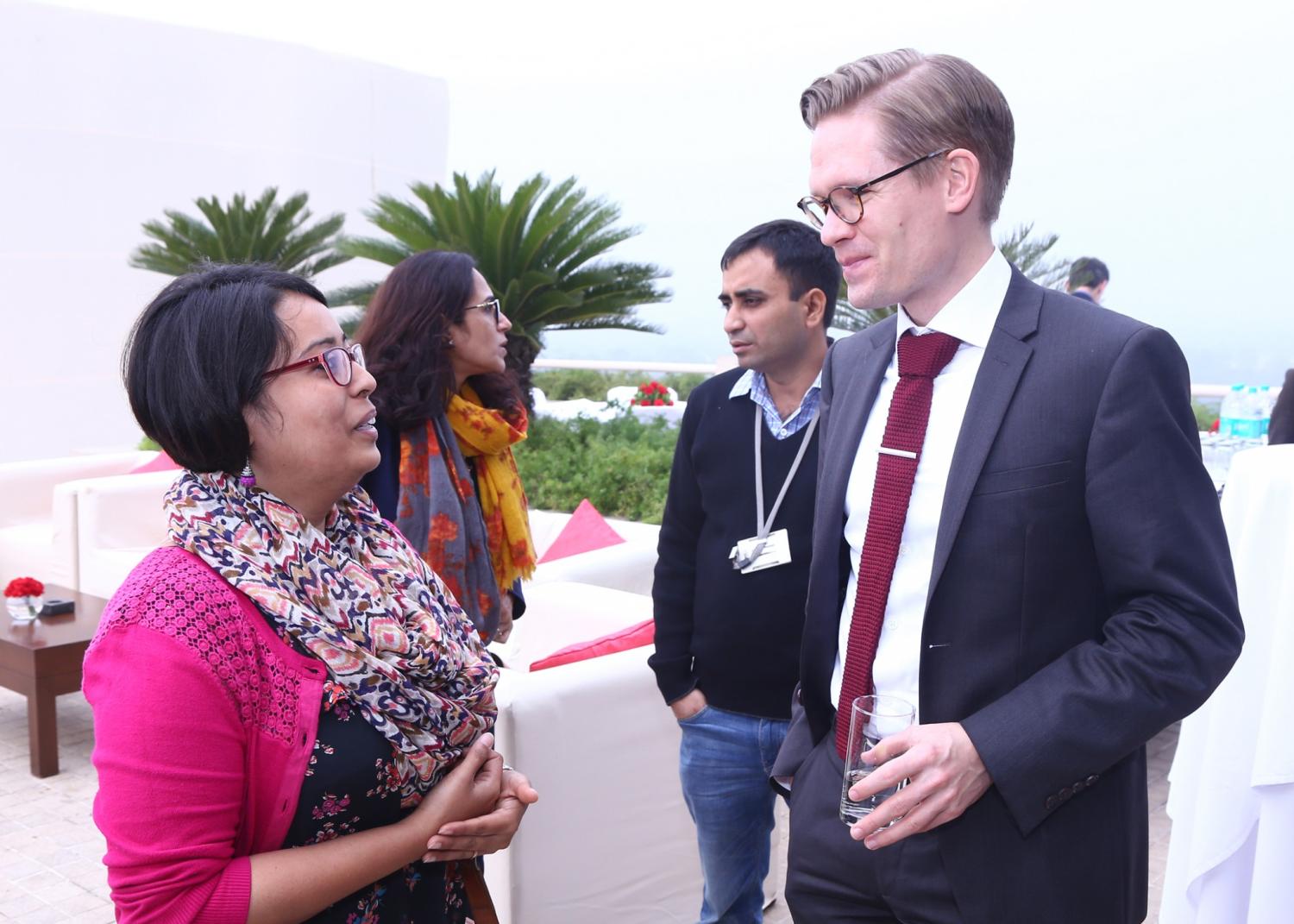
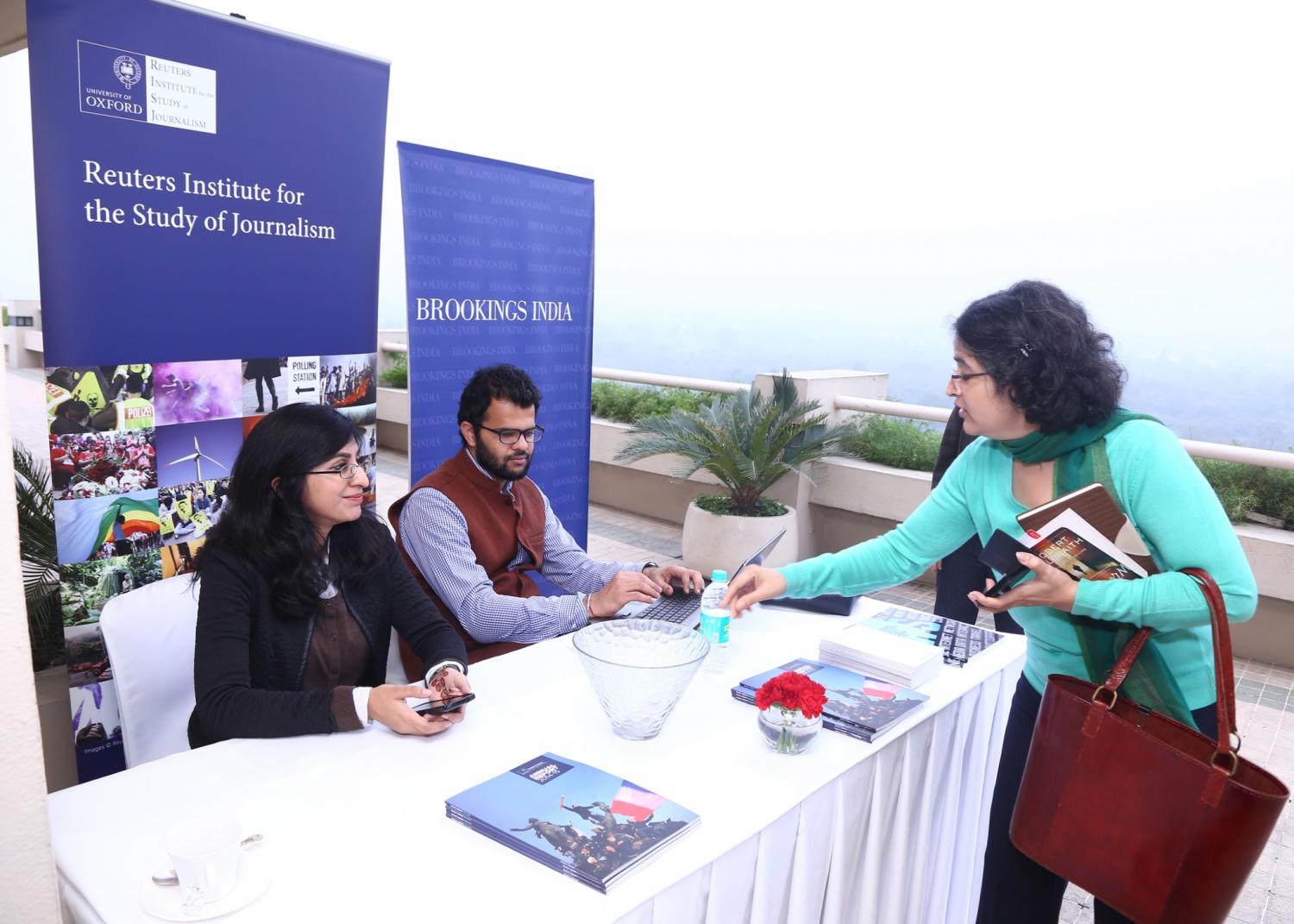
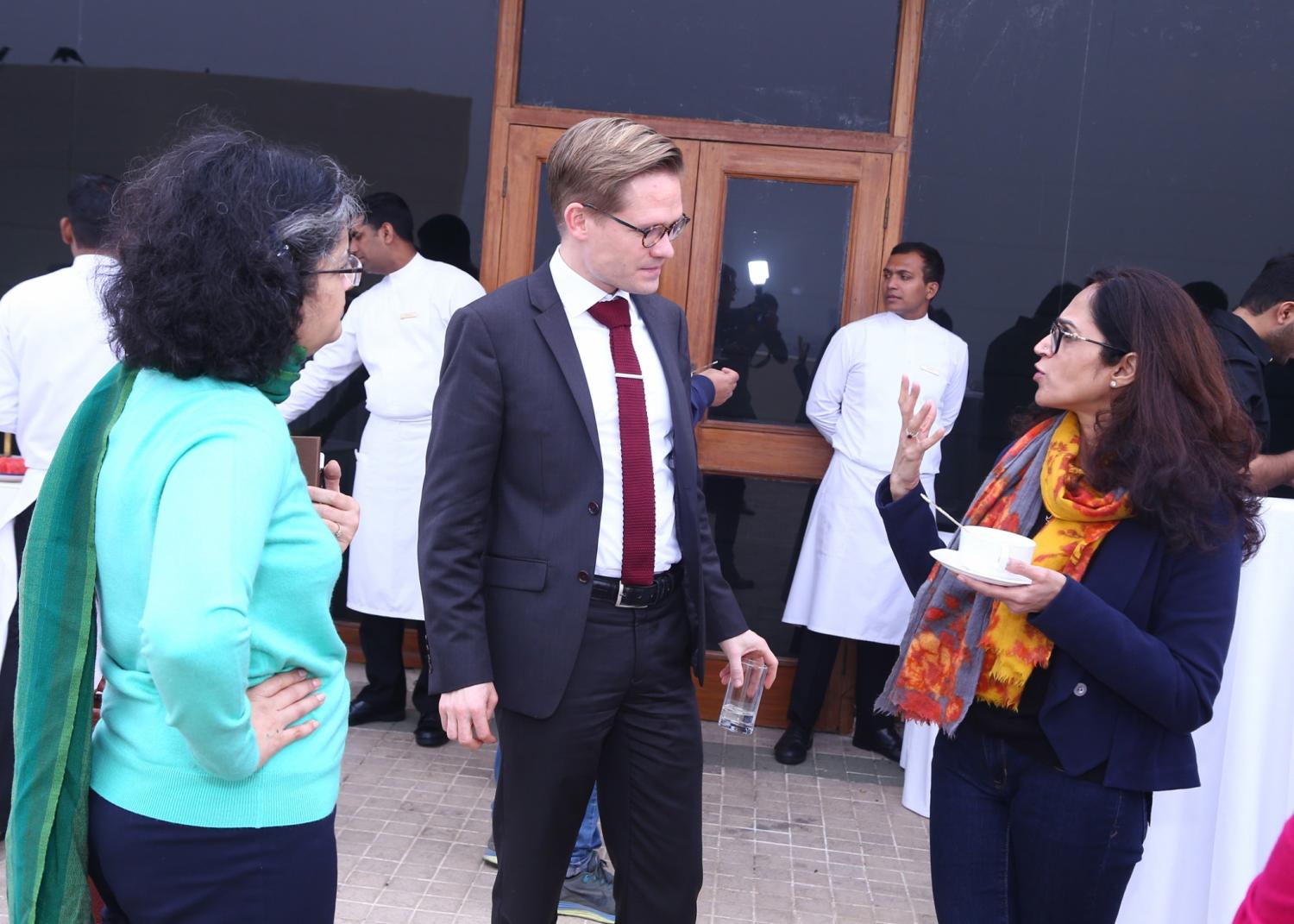
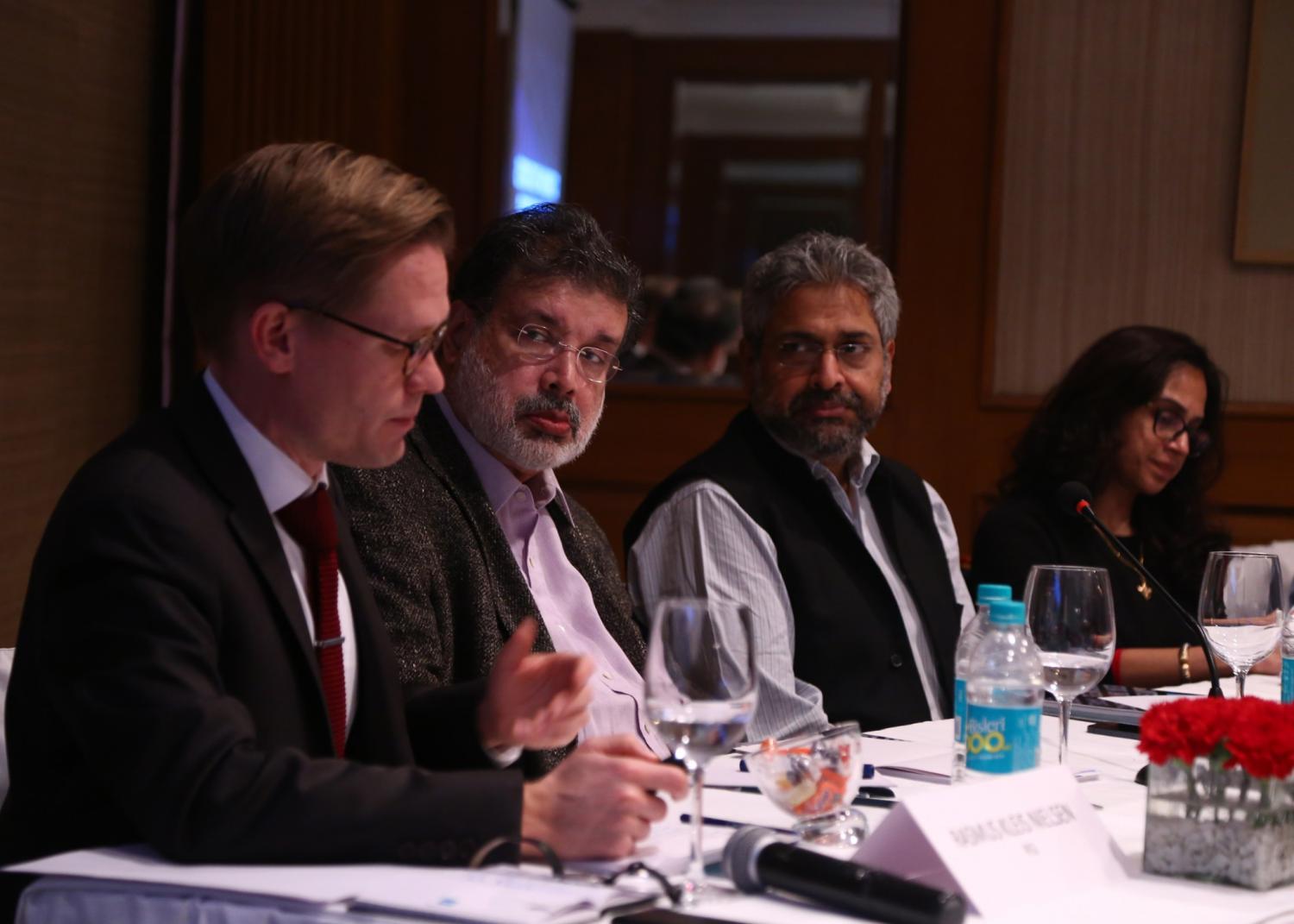
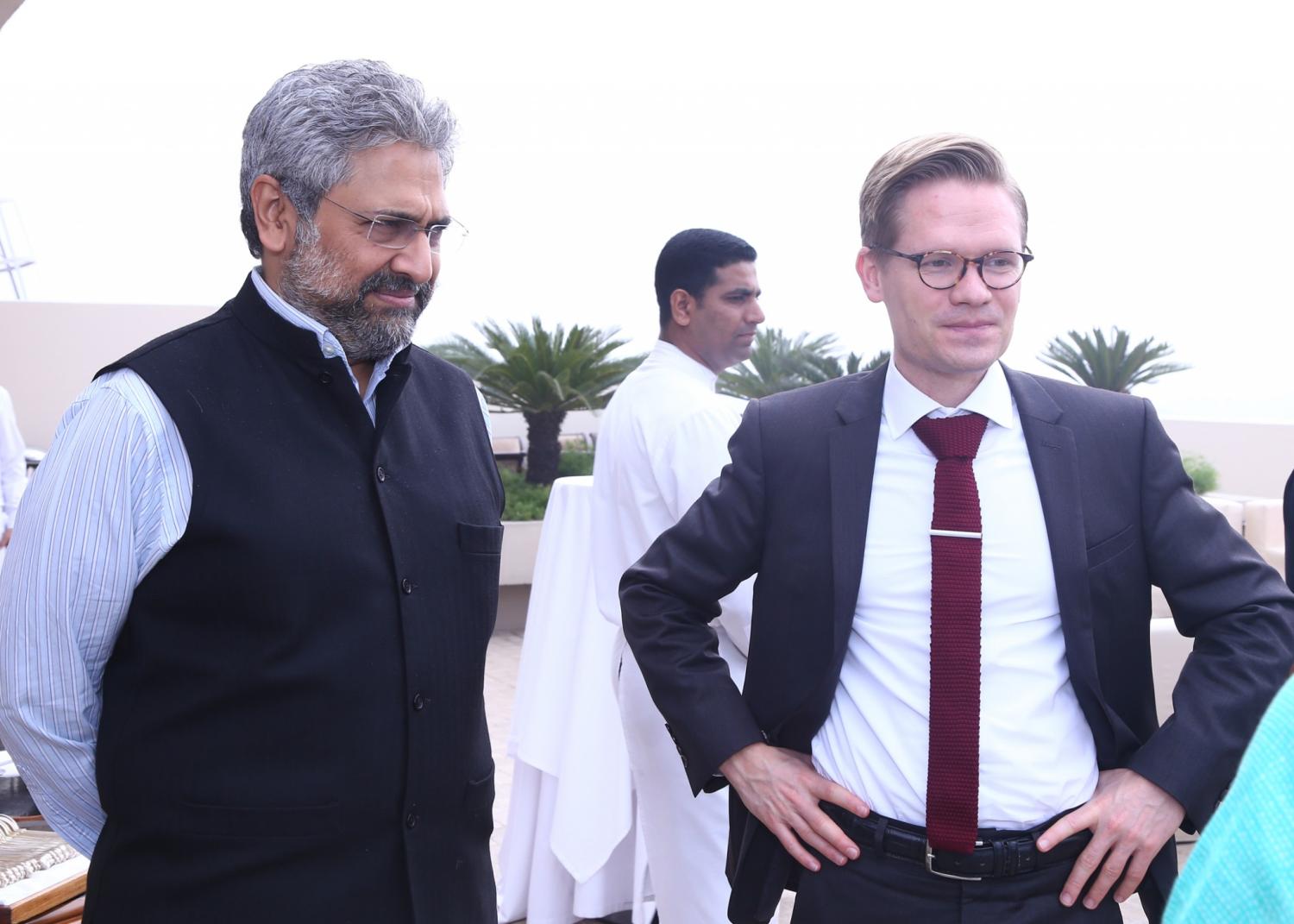
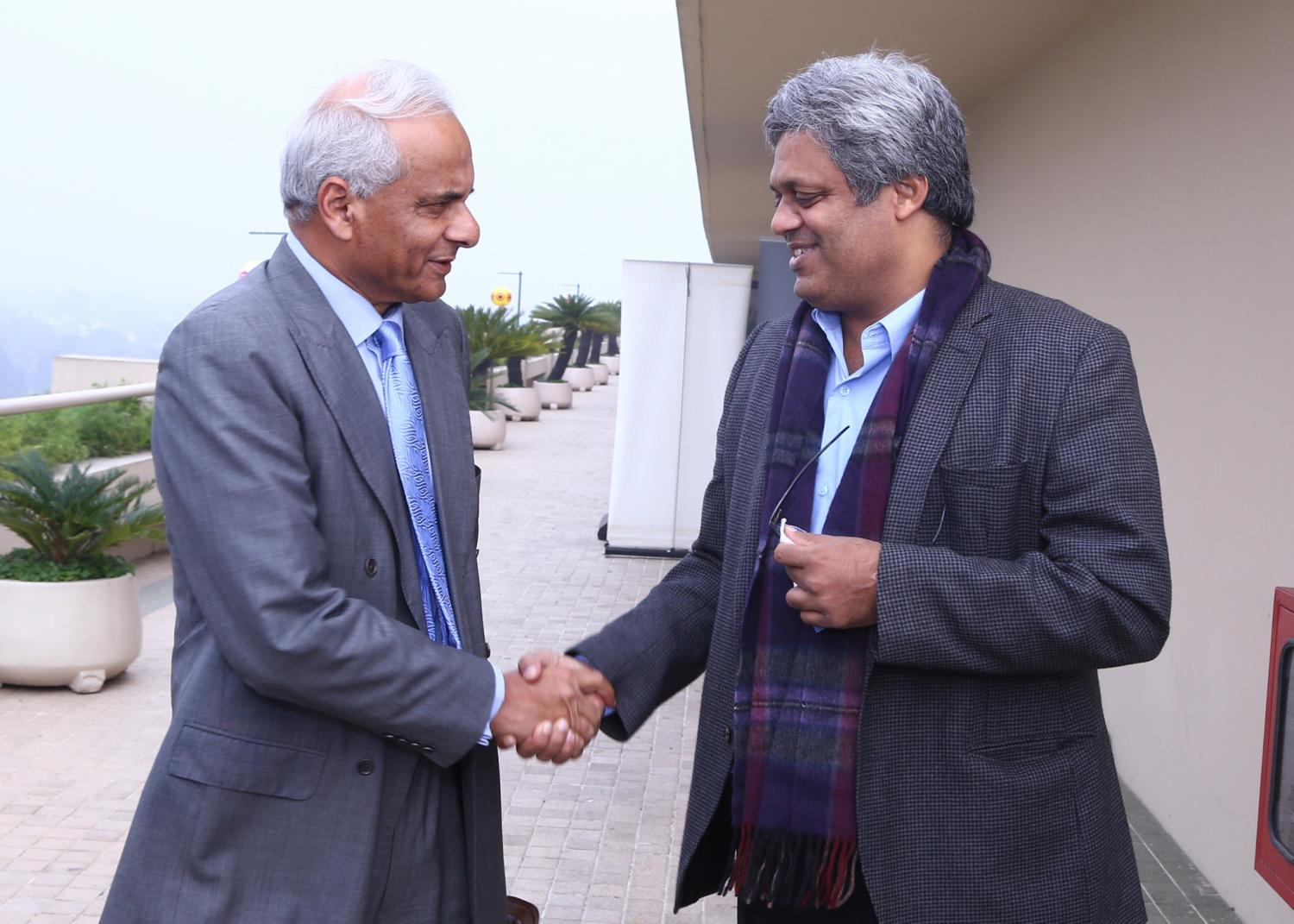
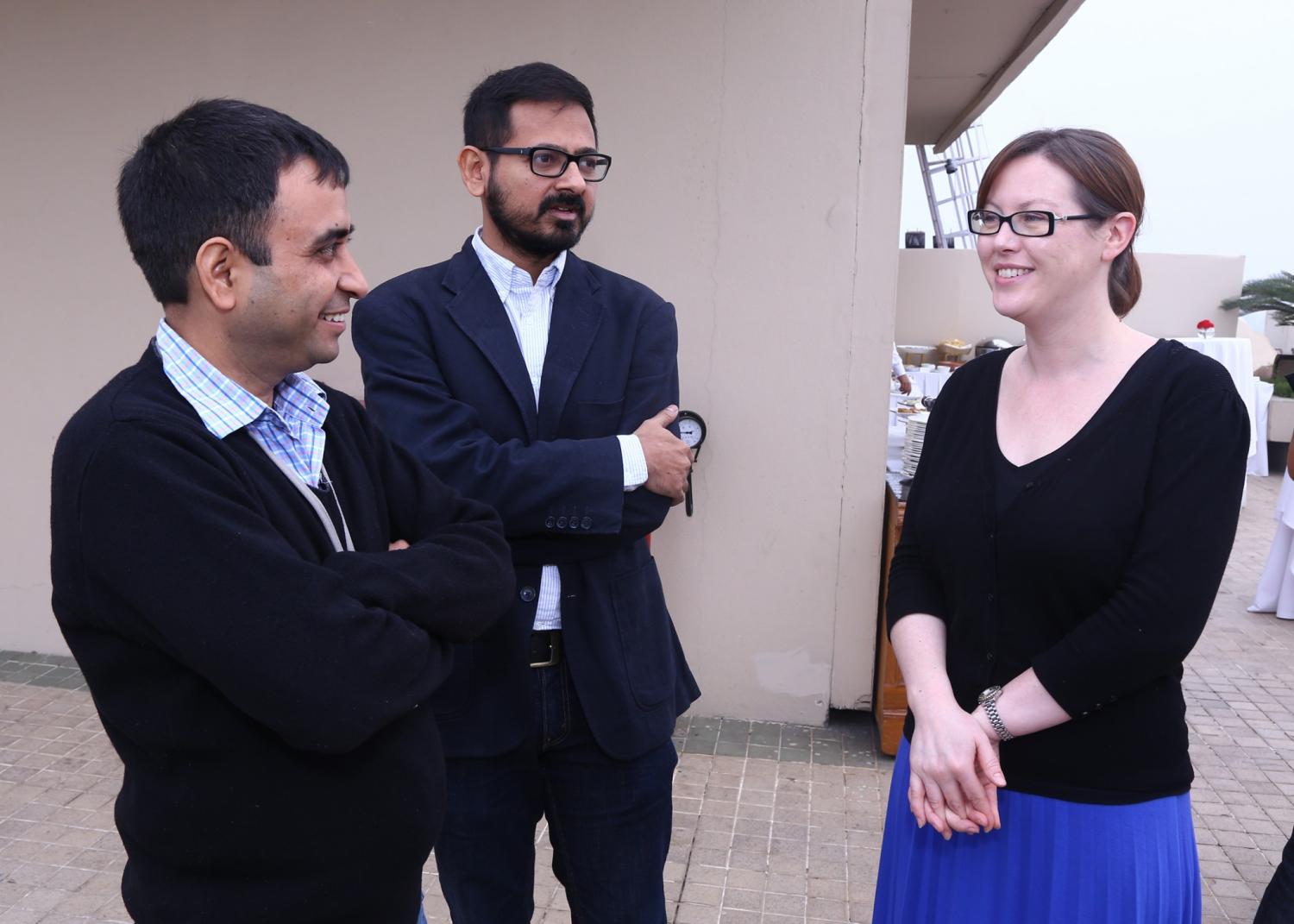
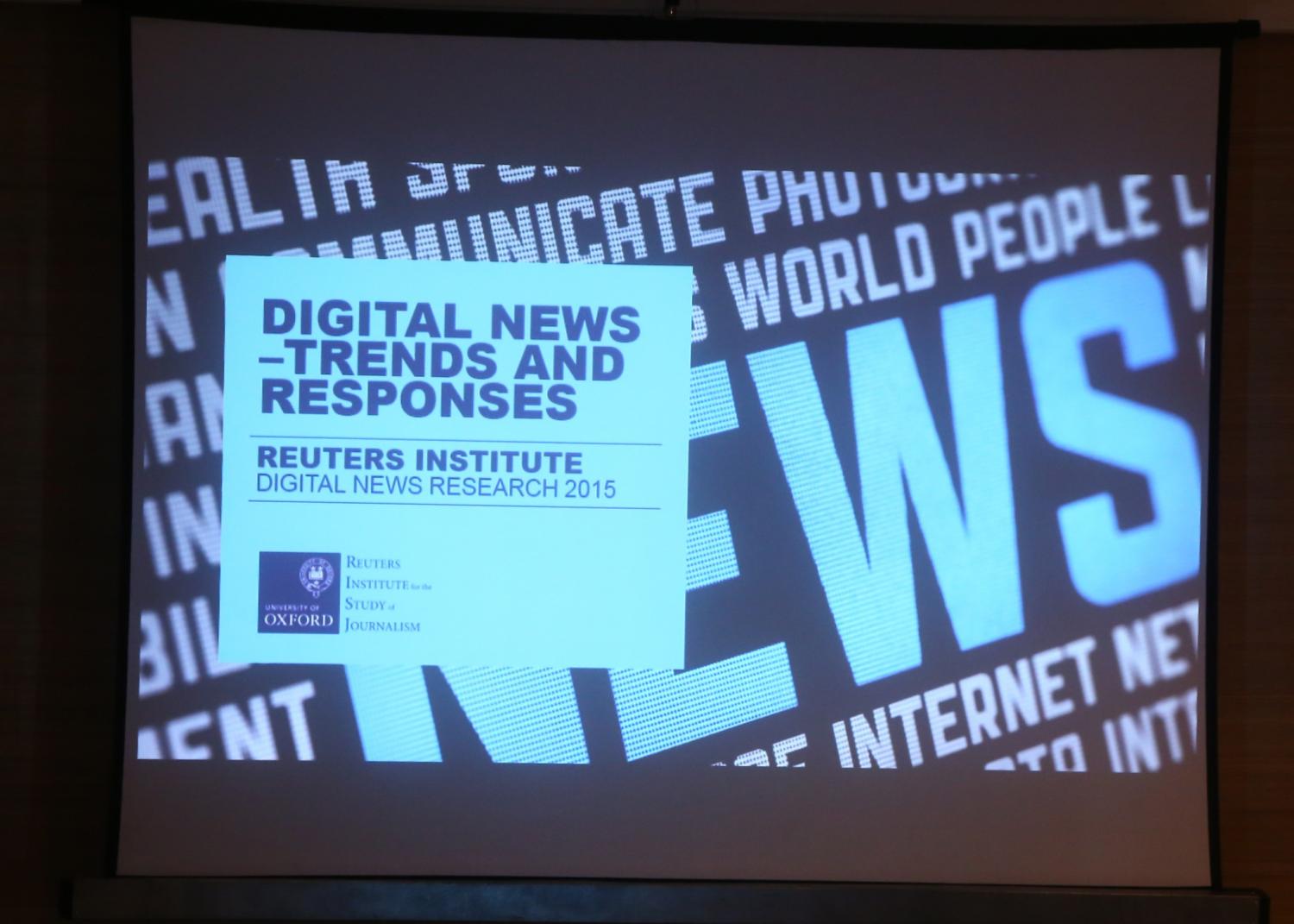
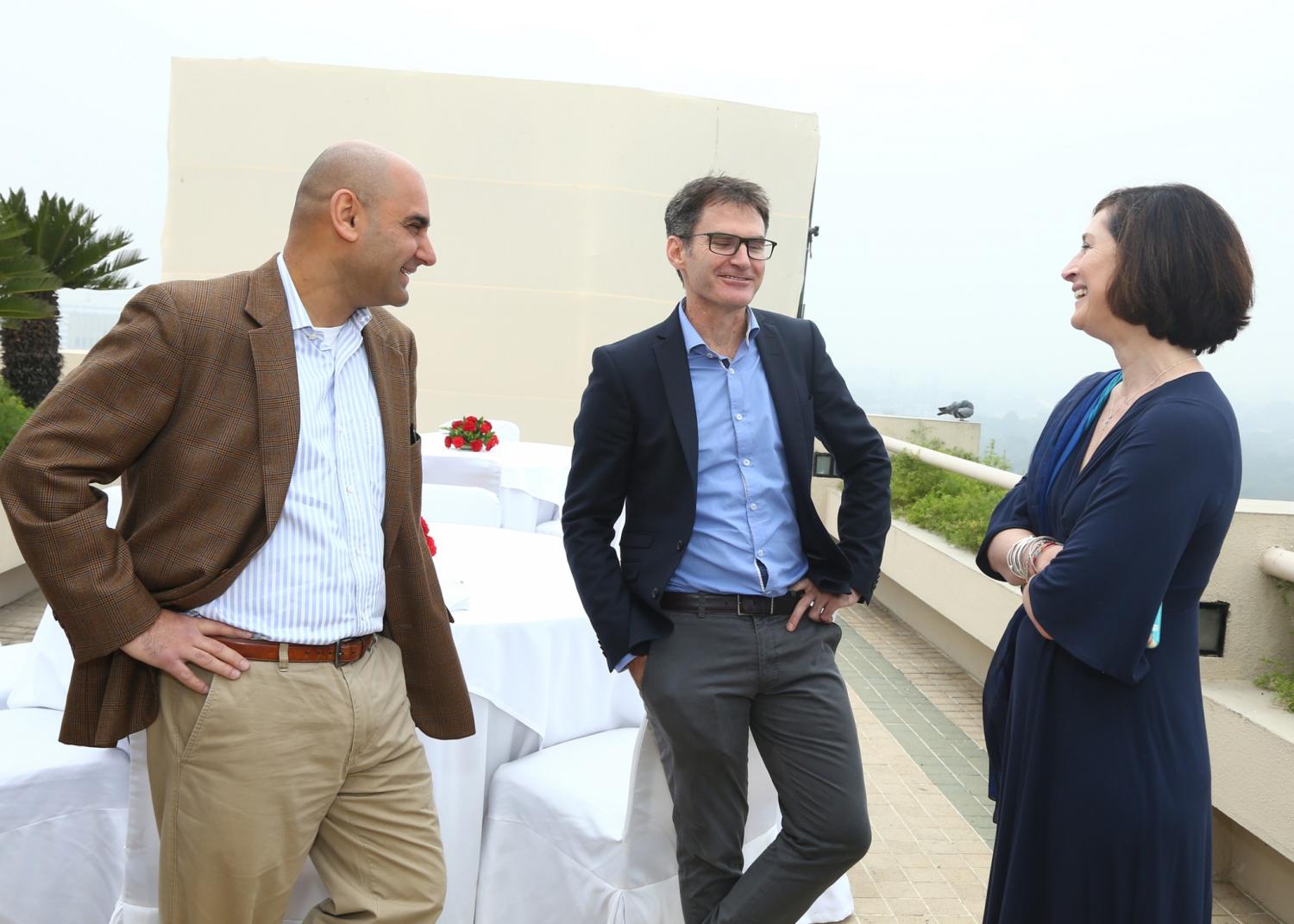
Brookings India and the Reuters Institute for the Study of Journalism organised a panel discussion on the recent trends in digital news at The Oberoi Hotel in New Delhi on December 9th. The discussion was centred on the Reuters Institute Digital News Report 2015 which aims to deliver useful and timely data about the transition to digital news media. The report brings together an annual benchmarked international survey and a series of essays which help to contextualise some of the key themes. Key issues highlighted in the report for the news industry are:
– Growing use of smartphones and tablets – who is using these for news and how?;
– Attitudes to paying for digital news across countries;
– Performance of brands across platforms (offline and online);
– Detailed data on participation around news and social media and social discovery;
– An exploration of trust in different types of media outlets over time; and
– Topical dives into new issues such as attitudes to sponsored and branded content.
The panellists for the discussion were Rasmus Kleis Nielsen, Director of Research, the Reuters Institute; Siddharth Varadarajan, founder of The Wire and former Editor of The Hindu; Chaitanya Kalbag, columnist and formerly with Reuters; Ritu Kapur, founder of The Quint; and Rajesh Kalra, Chief Editor of Times Internet. Other participants included representatives from media houses, newspapers and other online media.
The panel discussed the rapidly changing internet environment and audience needs as being increasingly seen as key to digital success in a fiercely competitive news market. This translates into not only extensive on-going primary research, but also a look at wider perspectives and longer-term trends. Recent trends in India show that social media is increasingly being used as a source of news and that there is massive growth in mobile news consumption. With over 125 million Facebook users in India, and an estimated 300 million mobile internet users, the country creates a robust opportunity for all news media to engage with this dynamic market. India also offers a unique case study as its newspaper readership, unlike the rest of the world, is still rising, and so is its digital media readership. Newspapers are trying to tap exactly this. Digital media is therefore the new form of delivering and receiving news, and mobile and videos have created a big impact on how this is happening.
The panel also discussed the role of social media and messaging apps and how the information/news consumption patterns have changed rapidly over the past few years. A number of publications are now providing information in local languages via digital forums. Over the last year or so, there has been an increase in the number of people consuming local language news with the primary mode of access being mobile. India has a large base of mobile users, and even though internet penetration is not as good these increasing numbers are a source of opportunity for digital media. The challenge lies in developing a model which would be financially sustainable. How do we monetise digital media?
Another key issue raised during the discussion was the target audience. Who are the people who access news via digital forums and which are the publications faring well in this space and have a regular user base? These publications are usually old/legacy media houses who have a fairly large print reader base and are often recognised as a trusted news source backing them. This is because they have already created a loyal consumer base which they can now leverage through digital media. People are willing to pay for content if it is good. Which is the case with the Economist, for instance, that charges a subscription fee each month in order to get full access to all online content.
There are many opportunities and challenges both for traditional news media and new start-ups in establishing a presence and building an audience in an increasingly digital media environment. Both old and new organisations can learn from each other in terms of how they work to create a sustainable and financially viable digital model for journalism.
Complete details of the 2015 report can be found on its dedicated website which offers the full report, the essays from the report, a slidepack, a video summary of the report in 100 seconds, an interactive allowing access to comparative data by country and theme and a summary of press coverage. The report is greatly expanding its coverage of Europe from 2016 thanks to increased support from Google (who have been a sponsor since 2013). In addition to this, the 2016 Report also includes South Korea and Canada for the first time.

Rahul Tongia, Anurag Sehgal, Puneet Kamboj
2020
Online Only
3:00 am - 4:40 am IST

Saneet Chakradeo
August 18, 2020